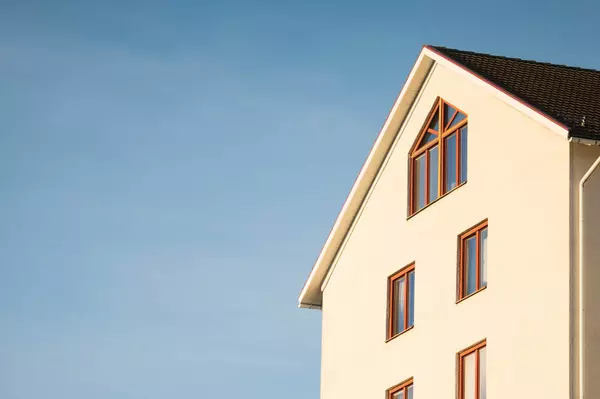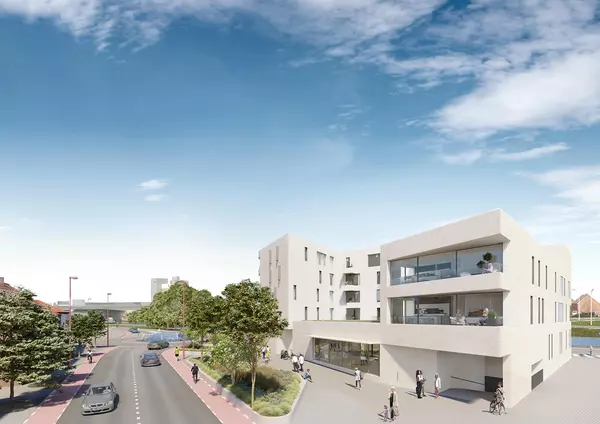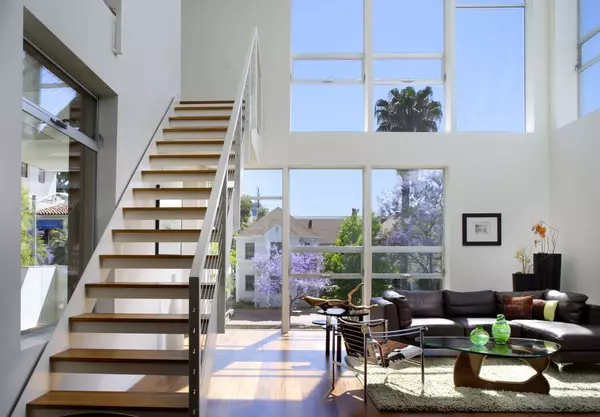Vacation Home vs Primary Residence: How Is Financing Different?
Buying a vacation home in Canada is a dream for many—but financing one comes with different rules and requirements than purchasing your primary residence. While many mortgage criteria stay the same—like income verification, credit checks, and debt servicing—there are important differences that can affect how much you need up front, what type of property you can buy, and how much you can borrow.
Here’s what you need to know before making your move toward a second home.
1. You Might Be Able to Buy with Less Than 20% Down
Many people assume you need a 20% down payment to buy a vacation property—but mortgage insurance is available in some cases, allowing qualified buyers to purchase with as little as 5% down.
To be eligible:
- The home must be for personal use only (not a rental).
- It must be winterized and accessible year-round.
- It must be in a marketable residential area.
- You (or a close family member) must occupy the property part-time.
If your property meets these criteria, some lenders will allow insured financing. However, many vacation homes—especially seasonal cottages, cabins without road access, or short-term rentals—don’t qualify, which means a minimum 20% down payment is required.
2. Credit Scores are More Important
When buying your primary residence, you may be able to qualify for mortgage financing with a credit score lower than 680.
However, when purchasing a vacation home, the bar is typically higher. Most lenders expect a credit score of at least 680. Even if you’re making a large down payment, a lower score may lead to fewer financing choices.
If you’re close to that threshold, it’s a good idea to check your credit report for errors and work on improving your score before applying.
3. Income Qualifying – Can You Carry Two Mortgages?
If you still have a mortgage on your primary residence, one of the key questions is: can you afford both—your current mortgage and the one for your vacation property?
Lenders will closely examine your income, debt levels, and overall financial picture to determine if you can support two mortgage payments. Your gross debt service (GDS) and total debt service (TDS) ratios will need to stay within acceptable limits—typically no more than 39% and 44% of your gross income, respectively.
You’ll also need to pass the mortgage stress test, even for a second home. This means qualifying at either your contract rate plus 2% or the Bank of Canada’s benchmark rate, whichever is higher.
Because vacation homes are considered discretionary, some lenders apply more conservative calculations, which can further limit how much you’re approved to borrow.
4. The Property Itself Can Make or Break Your Approval
Unlike most primary residences, many vacation properties don’t meet standard lending criteria. Financing can be difficult or unavailable if the home:
- Lacks year-round access (e.g. only reachable by boat or seasonal road),
- Isn’t connected to utilities (like heat, water, and electricity),
- Is located in a remote or unmarketable area.
Lenders typically require vacation properties to be suitable for year-round occupancy and resale, and they generally don’t allow rental income to help with qualification.
Smart Financing Strategies for Vacation Home Buyers
Tap into Equity from Your Primary Residence
Refinancing your current mortgage, setting up a HELOC, or taking a second mortgage can help you fund your down payment without draining your savings.
Get Pre-Approved Before You Start Shopping
Pre-approval helps you understand your budget, uncover any credit issues, and gives you an edge when making offers, especially in competitive vacation markets.
Budget for More Than Just the Purchase Price
Be prepared for:
- Closing costs (appraisals, legal fees, land transfer taxes),
- Ongoing maintenance (which can be higher for remote properties),
- Insurance and utilities, which often cost more than for a primary home.
Final Thoughts
Financing a vacation home can be more complex than buying your main residence, but with the right planning, it’s absolutely achievable. From understanding the down payment rules to navigating property restrictions, being informed is your biggest advantage.
If you’re considering a second home and want clarity on what you can afford—or how to structure your financing—book a call with me. I’ll help you weigh your options and design a plan that works for your lifestyle and long-term goals.
Recent Posts










